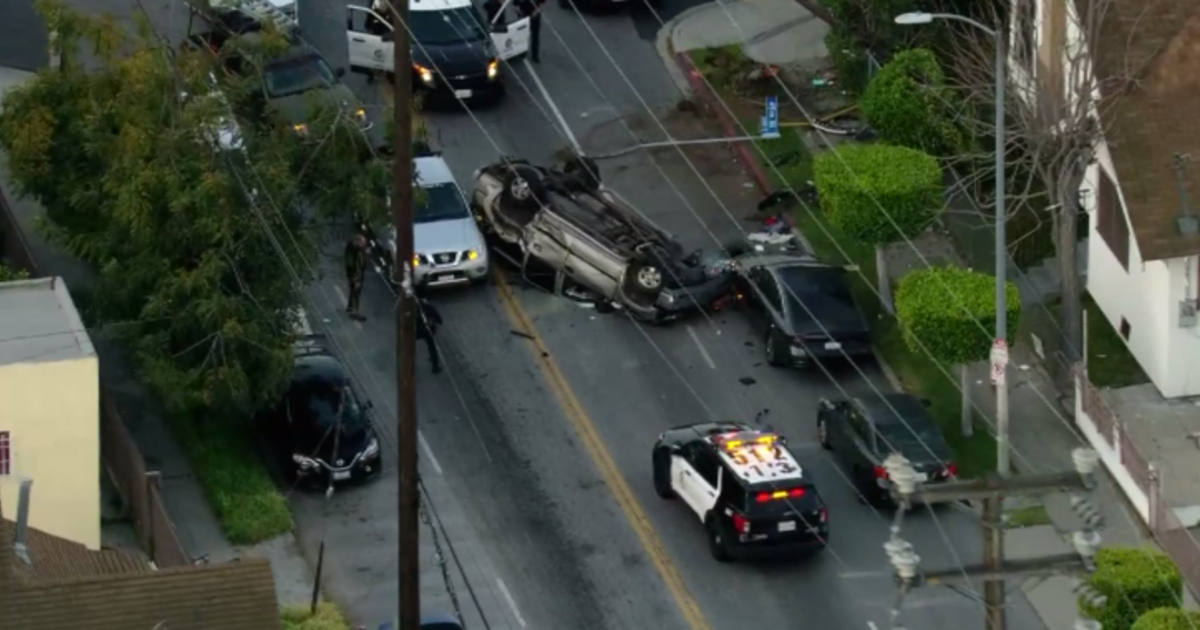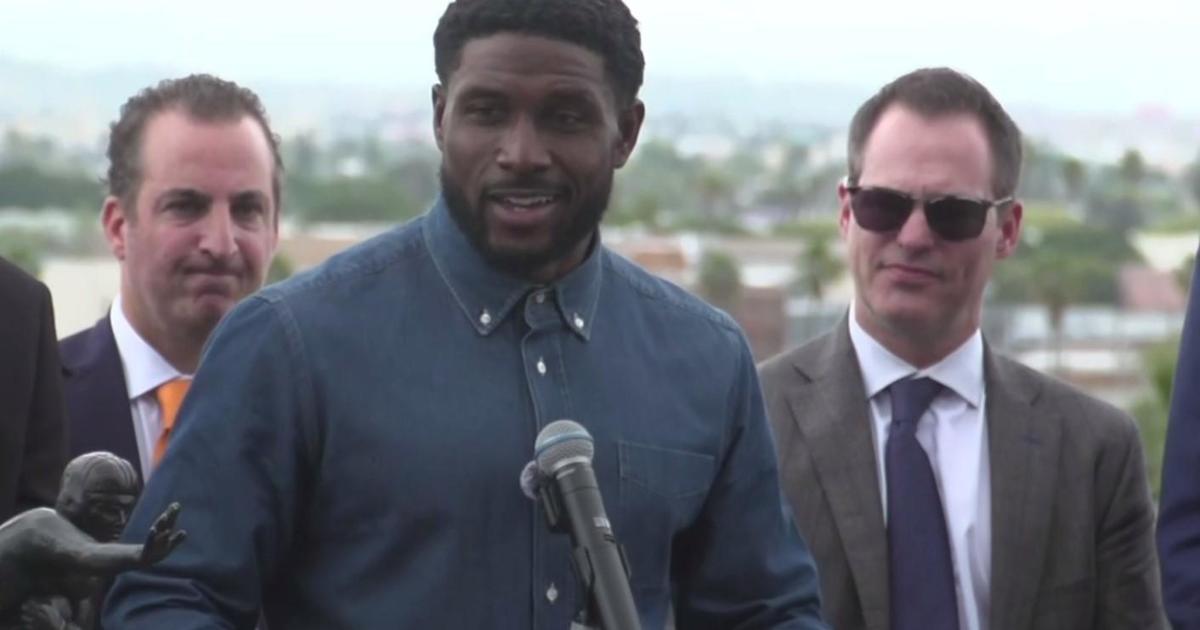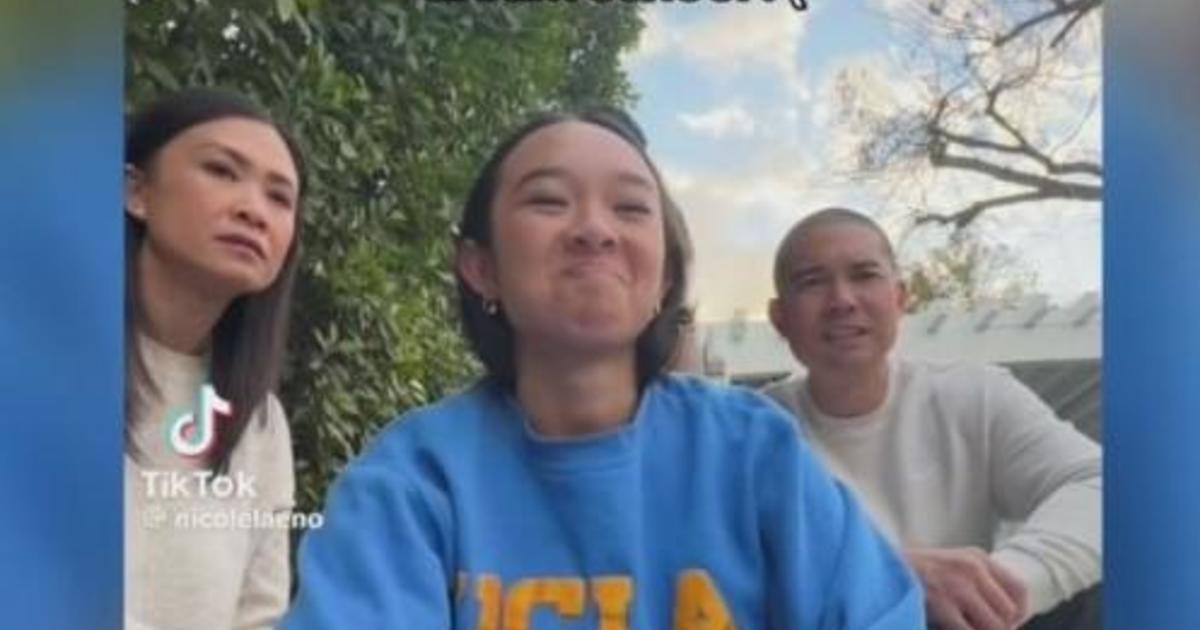El Niño-Pumped Snowpack Won't End Drought
FRESNO (AP) — An El Niño weather system has delivered considerably more wet weather this year — mostly in Northern California — but not enough to end the drought, said Doug Carlson, a state Department of Water Resources spokesman.
"The hope had been that we might be able to ride on the back of El Niño and receive an awful lot of precipitation," Carlson said. "We haven't seen that above-average situation play out."
Northern California saw the most rain and snow, lifting the state's three largest reservoirs to above normal levels and bringing the snowpack to nearly average depth. But electronic monitors stationed throughout the Sierra Nevada reveal that statewide, the snowpack's water content is at 87 percent of normal.
Little rain and snow hit Southern California, leaving most of its reservoirs low, and it will take years to replenish the overdrawn groundwater that has seen the state through the first four years of the drought.
"We're looking at a long-term recovery and not a one-shot wonder," Carlson said.
Still, state water board spokesman George Kostyrko said agency officials expect to soon re-open a discussion of the conservation order issued by Brown.
California's snowpack is a key indicator of the state's water condition. Typically at its deepest on April 1, the snow then melts through the warm months, rushing down streams and rivers into lakes and reservoirs, providing roughly one-third of the state's water. The melted snow goes to farms in the nation's leading agricultural and most populous state.
In 2015, surveyors performed the final snowpack survey of the wet season on April 1. This year officials say that because of the improved conditions, they may return to the mountains in early May to measure the snow for insight into how much runoff they can expect.
Officials at the State Water Resources Control Board have said they may relax or even set aside strict conservation requirements, depending on how much rain and snow has fallen.
Strong El Niño storms in early March have some water districts questioning whether a drought emergency still exists and if residents should still be required to take shorter showers and let their lawns turn brown.
Leaders of local water districts say the state needs to save the emergency declaration for the true emergencies, fearing they will lose credibility with the public the next time drought hits and they're asked to conserve.
(Copyright 2016 The Associated Press. All rights reserved. This material may not be published, broadcast, rewritten or redistributed.)



